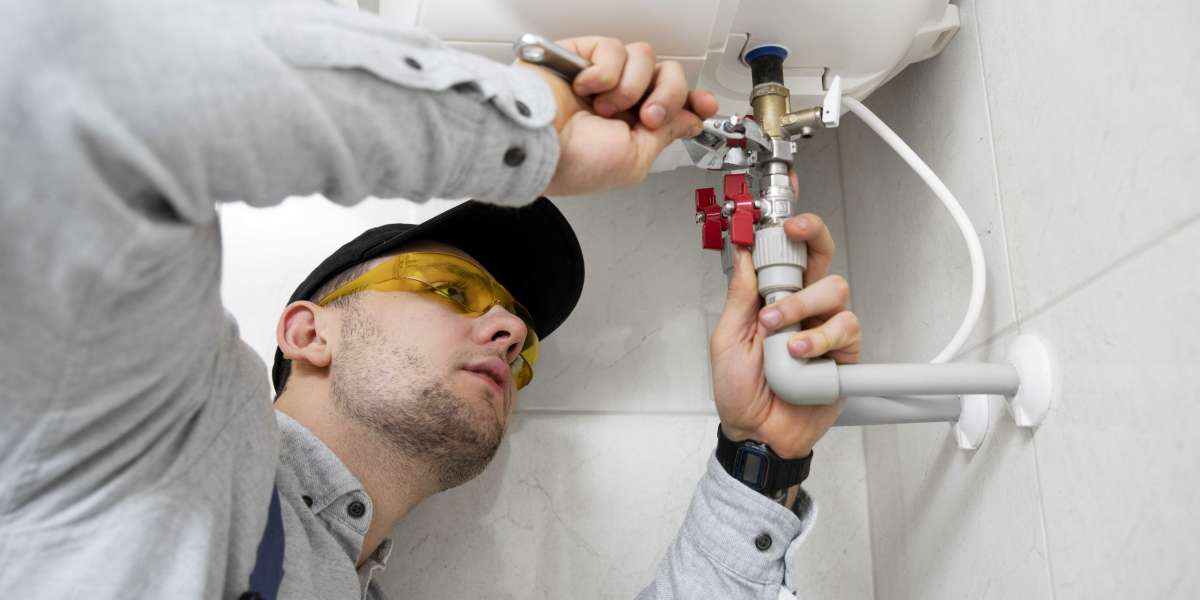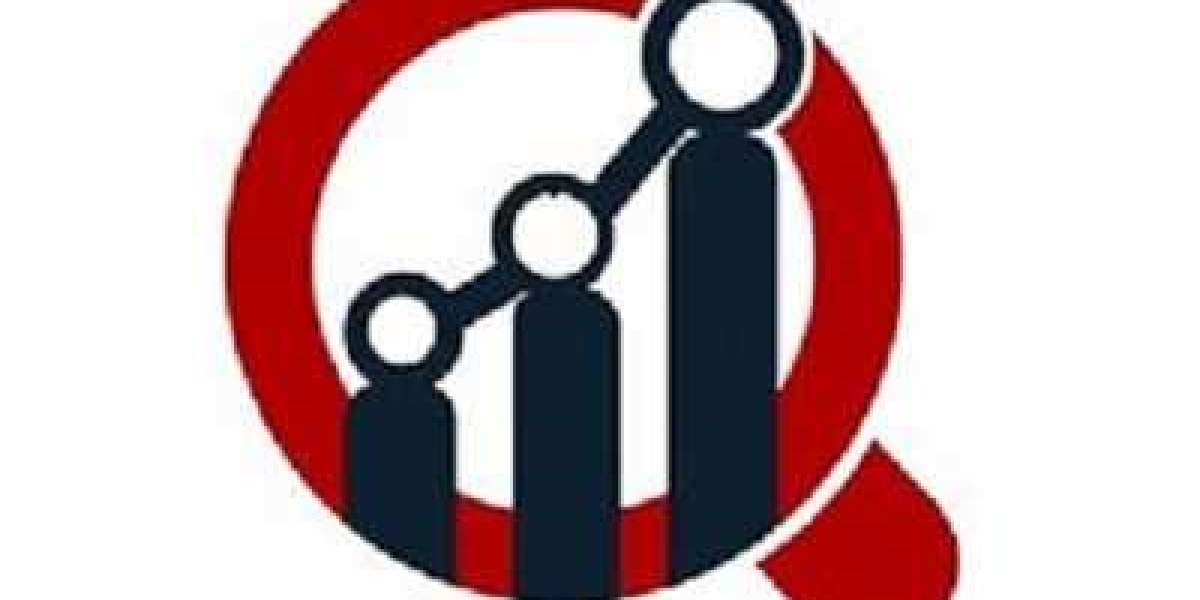Gas lines are a crucial component of modern infrastructure, providing the energy needed for heating, cooking, and various other applications in residential and commercial properties. Over time, however, these lines can deteriorate, leading to the need for repair or replacement. Understanding the costs associated with gas line repair and replacement is essential for property owners to budget and plan accordingly. This article delves into the various factors influencing these costs, typical expenses, and the steps involved in gas line repair and replacement.
Factors Influencing Gas Line Repair and Replacement Costs
- Type of Gas Line Damage:
- Minor Repairs: Small leaks or minor damage can often be fixed with a simple patch or a minor section replacement. These repairs are generally less expensive.
- Major Damage: Extensive damage or multiple leaks may require significant repairs or complete replacement of the gas line, which is more costly.
- Location of the Gas Line:
- Above Ground: Gas lines that are above ground or easily accessible typically cost less to repair or replace.
- Underground: Buried gas lines require excavation, which increases labor and equipment costs.
- Length of the Gas Line:
- The longer the gas line that needs to be repaired or replaced, the higher the overall cost due to the increased material and labor required.
- Complexity of the Installation:
- Simple Installations: Straightforward installations with minimal obstacles are less expensive.
- Complex Installations: Lines that need to navigate around other utilities, structures, or through difficult terrain are more expensive due to the additional labor and time required.
- Materials Used:
- Standard Materials: Commonly used materials such as black iron or galvanized steel are typically less expensive.
- High-End Materials: Specialty materials like corrugated stainless steel tubing (CSST) or plastic piping can be more expensive but offer benefits such as flexibility and corrosion resistance.
- Labor Costs:
- Labor costs can vary widely depending on the region, availability of skilled workers, and the complexity of the job. Urban areas typically have higher labor costs compared to rural areas.
- Permits and Inspections:
- Local regulations often require permits and inspections for gas line repairs and replacements. The cost of these permits and any required inspections must be factored into the overall expense.
Typical Costs for Gas Line Repair and Replacement
Gas Line Repair Costs
- Minor Leaks:
- Repairing minor leaks typically costs between $150 and $500. This includes labor and materials for small sections of the gas line.
- Moderate Repairs:
- For more extensive repairs, such as fixing multiple leaks or replacing larger sections of the line, costs can range from $500 to $2,000.
- Significant Repairs:
- Significant repairs involving substantial sections of the gas line or complex installations can cost anywhere from $2,000 to $5,000 or more.
Gas Line Replacement Costs
- Partial Replacement:
- Replacing a section of the gas line usually costs between $500 and $2,500, depending on the length and complexity of the installation.
- Complete Replacement:
- Replacing an entire gas line can be a substantial investment, typically ranging from $2,000 to $10,000 or more. The total cost depends on the length of the line, the type of materials used, and the complexity of the installation.
Steps Involved in Gas Line Repair and Replacement
1. Inspection and Diagnosis:
Before any repair or replacement work begins, a thorough inspection of the gas line is necessary to identify the source and extent of the damage. This typically involves:
- Visual Inspection: Checking visible parts of the gas line for signs of damage or corrosion.
- Pressure Testing: Using specialized equipment to test the pressure within the gas line and identify leaks or weak points.
- Leak Detection: Employing gas leak detectors or soapy water to pinpoint the exact location of leaks.
2. Obtaining Permits and Approvals:
Once the inspection is complete and the necessary repairs or replacements are determined, the next step is to obtain any required permits and approvals from local authorities. This ensures that the work complies with safety regulations and building codes.
3. Planning and Preparation:
Proper planning and preparation are crucial to ensure a smooth repair or replacement process. This involves:
- Material Selection: Choosing the appropriate materials for the repair or replacement, considering factors such as durability, cost, and compatibility with existing systems.
- Site Preparation: Preparing the work area by clearing any obstacles and marking the location of other utilities to prevent accidental damage.
4. Shutting Off the Gas Supply:
Before any work on the gas line can begin, the gas supply must be safely shut off. This involves:
- Turning Off the Main Gas Valve: Shutting off the main gas valve to stop the flow of gas to the affected area.
- Relieving Pressure: Opening a gas appliance or a valve to relieve any remaining pressure in the gas line.
5. Repairing or Replacing the Gas Line:
The actual repair or replacement of the gas line involves several steps, depending on the nature of the work:
- Excavation (if necessary): Digging trenches to access underground gas lines.
- Cutting and Removing Damaged Sections: Using pipe cutters or saws to remove damaged sections of the gas line.
- Installing New Sections: Fitting and connecting new sections of gas line using appropriate connectors and fittings just search gas line repair near me.
- Sealing and Securing Joints: Ensuring all joints are properly sealed and secured to prevent leaks.
6. Pressure Testing and Inspection:
After the repair or replacement work is completed, the gas line must be thoroughly tested and inspected to ensure it is safe to use:
- Pressure Testing: Repeating the pressure test to check for any leaks or weak points in the newly installed sections.
- Inspection by Authorities: Scheduling an inspection by local authorities to verify that the work complies with safety standards and regulations.
7. Restoring the Gas Supply:
Once the gas line has passed all tests and inspections, the gas supply can be safely restored:
- Turning On the Main Gas Valve: Gradually opening the main gas valve to restore the flow of gas.
- Checking for Leaks: Performing a final check for any leaks to ensure the gas line is functioning properly.
Cost-Saving Tips for Gas Line Repair and Replacement
- Regular Maintenance:
- Regularly inspecting and maintaining gas lines can help prevent major issues and costly repairs. This includes checking for signs of corrosion, wear, and leaks.
- Addressing Issues Promptly:
- Addressing minor issues as soon as they are detected can prevent them from escalating into more significant problems that require extensive repairs or replacement.
- Choosing Durable Materials:
- Investing in high-quality, durable materials for gas line repairs and replacements can reduce the likelihood of future issues and extend the lifespan of the gas line.
- Hiring Qualified Professionals:
- Hiring experienced and licensed professionals to perform gas line repairs and replacements ensures that the work is done correctly and safely, reducing the risk of future problems.
- Obtaining Multiple Quotes:
- Getting quotes from several contractors can help you compare prices and choose the best option for your budget.
- Bundling Services:
- If you have other plumbing or utility work that needs to be done, consider bundling services to take advantage of potential discounts and save on labor costs.
Safety Considerations for Gas Line Repair and Replacement
Gas line repair and replacement involve working with potentially hazardous materials and conditions. Ensuring safety throughout the process is paramount:
- Professional Expertise:
- Always hire licensed and experienced professionals to perform gas line repairs and replacements. They have the necessary knowledge and skills to handle the job safely.
- Compliance with Regulations:
- Ensure that all work complies with local safety regulations and building codes. This includes obtaining the necessary permits and scheduling required inspections.
- Proper Ventilation:
- Ensure adequate ventilation in the work area to prevent the accumulation of gas and reduce the risk of explosions or fires.
- Using Proper Tools and Equipment:
- Using the right tools and equipment for the job helps ensure that the work is done safely and effectively.
- Emergency Preparedness:
- Have a plan in place for dealing with potential emergencies, such as gas leaks or fires. This includes knowing how to quickly shut off the gas supply and evacuate the area if necessary.
Conclusion
Understanding the costs associated with gas line repair and replacement is essential for property owners to make informed decisions and plan accordingly. Various factors influence these costs, including the type and extent of damage, the location and length of the gas line, the materials used, and local labor rates. By considering these factors and following the necessary steps for inspection, repair, and replacement, property owners can ensure the safety and reliability of their repair gas line while managing expenses effectively. Regular maintenance, prompt attention to issues, and hiring qualified professionals are key strategies for minimizing costs and maintaining a safe and efficient gas supply system.








